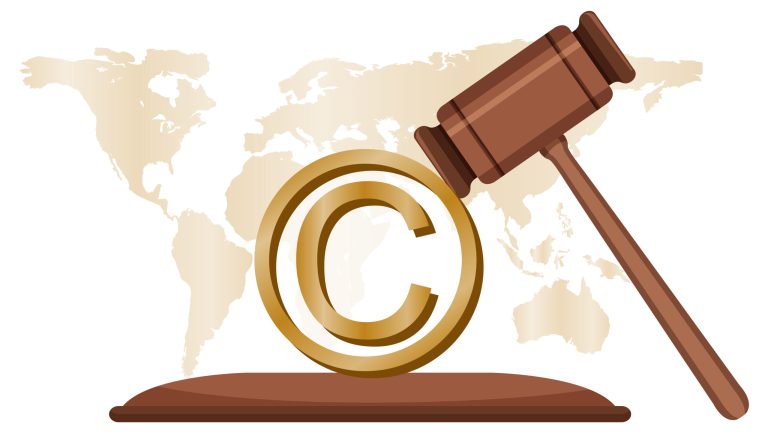
Estate planning can feel like traversing a labyrinth, especially when navigating the complexities of trusts. In Connecticut, two popular choices are revocable and irrevocable living trusts, each offering distinct advantages and disadvantages. Understanding the nuances between them is crucial for crafting a plan that aligns with your unique financial goals and family needs.
Revocable Living Trusts: Flexibility at Your Fingertips
A revocable living trust, often referred to as a “living trust,” offers unparalleled flexibility. As the grantor (the person creating the trust), you retain control over the assets within the trust. You can modify, amend, or even completely dissolve the trust at any time during your lifetime. This adaptability makes it attractive for individuals whose circumstances may change significantly over time. Furthermore, a revocable trust allows you to continue managing your assets as you see fit, acting as both the grantor and the trustee (the person managing the trust). Upon your death, the successor trustee, named in the trust document, seamlessly manages the assets according to your instructions, avoiding the often lengthy and public probate process. This can save your heirs time, money, and potential stress.
Irrevocable Living Trusts: Stability and Asset Protection
In contrast to its revocable counterpart, an connecticut living trust offers significantly less flexibility. Once established, it’s extremely difficult, if not impossible, to make changes to the trust terms or reclaim the assets. This inherent inflexibility is the price paid for its primary benefit: asset protection. By transferring assets into an irrevocable trust, you effectively remove them from your ownership, shielding them from potential creditors, lawsuits, and even estate taxes. This makes it particularly attractive for individuals in high-risk professions or those concerned about potential estate tax liabilities. However, relinquishing control requires careful consideration.
Key Differences: Control, Taxes, and Protection
The core difference between these trusts lies in the degree of control you retain. Revocable trusts allow you to maintain complete control and flexibility, while irrevocable trusts require you to relinquish control for enhanced asset protection and potential tax benefits. From a tax perspective, assets in a revocable trust are included in your taxable estate, while assets in an irrevocable trust may not be, depending on the specific terms and applicable laws. Regarding asset protection, irrevocable trusts offer a stronger shield against creditors and lawsuits compared to revocable trusts.
Choosing the Right Trust: A Personalized Decision
Selecting between a revocable and irrevocable living trust is a highly personal decision that depends on your individual circumstances, financial goals, and risk tolerance. If flexibility and control are paramount, a revocable trust might be the better choice.
Seeking Professional Guidance
Given the complexity of estate planning and the potential ramifications of choosing the wrong trust structure, it’s essential to consult with an experienced estate planning attorney in Connecticut. A skilled attorney can assess your specific needs, explain the pros and cons of each type of trust in detail, and help you create a customized plan that aligns with your long-term objectives, ensuring peace of mind for you and your loved ones.




